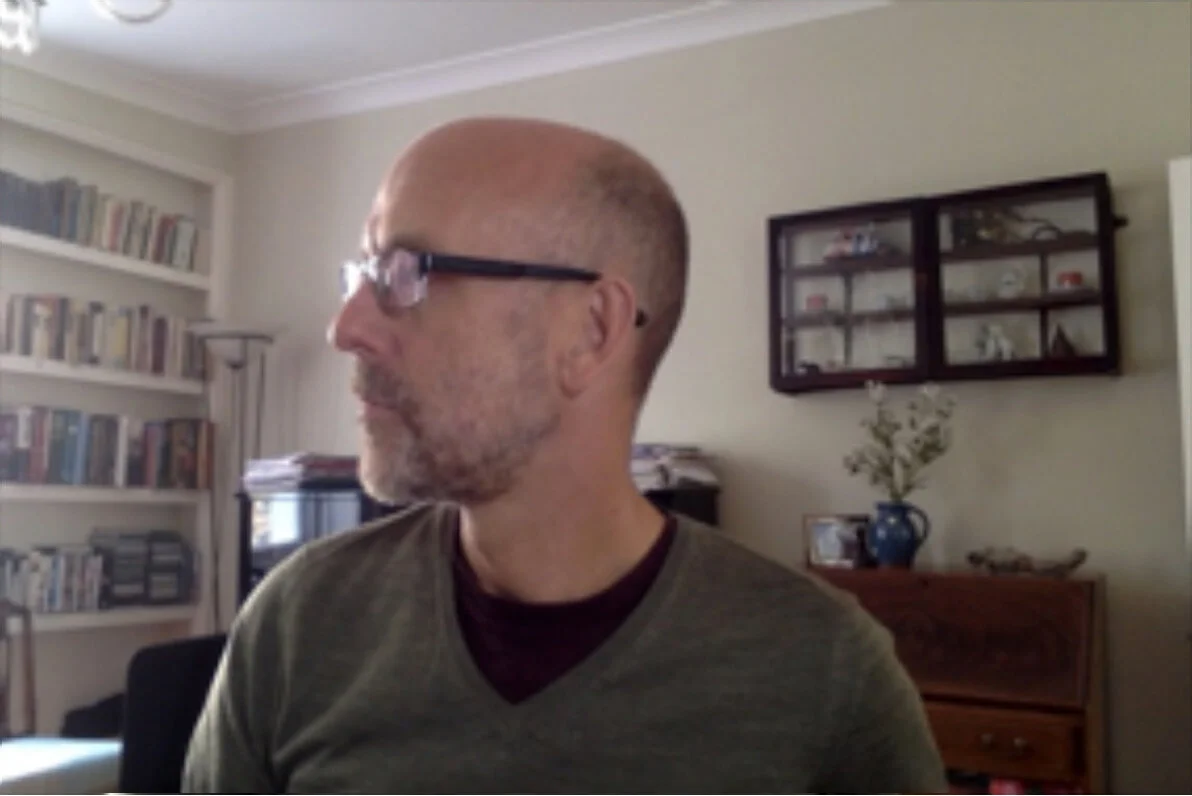14. Remote Meetings Part 2
I looked in the last blog at how to position yourself in relation to the webcam and the light. The importance of being seen clearly carries over into how you manage your contributions to the meeting itself.
Eye Contact
I wrote in Blog #4 about the importance of eye contact in creating connection. When you look at people’s images in a remote meeting you will almost certainly look at their eyes and they will look at yours. Eyes are fabulously expressive and there is an extraordinarily sophisticated feedback loop that is created as we read other people’s micro-reactions and intuitively, automatically adjust our communication in response. Without this connection and sensitivity to the other person it’s very hard to have influence. You may occasionally have the misfortune to find yourself talking to someone who ignores or fails to notice the cues you give them that you are confused or bored or disagree with what they are saying. Probably the only influence this person has is to irritate you.
(I’m well aware that many people, including those on the autism/aspberger spectrum, find eye contact difficult. If this applies to you, I’m afraid there is no silver bullet that will make it easy. But there is no getting away from the fact that eye contact, and its absence, are hugely significant and I would recommend consciously working to improve it.)
All this brings us to one of the core problems of remote meetings, which is the absence of real eye contact, because when you look at someone’s eyes on a screen what you’re really looking at is actually a bunch of pixels. However… intelligent positioning and use of the webcam allows a sort of pseudo-eye contact.
Having positioned yourself well in the frame, arrange the images of others as close as possible to your webcam, which is probably at the top of your monitor or laptop. Different platforms offer different degrees of control over this, but whatever yours allows, make maximum use of it. If there are individuals you’re particularly keen to influence, prioritise them. This way, when you look at their eyes on the screen, they will see almost directly into yours. And it will feel like eye contact.
While you could train yourself to stare directly into the webcam itself, further increasing others’ sense that you are looking directly into their eyes, I wouldn’t recommend it. Firstly it’s unnatural and will take some real effort because it’s much harder to do than you might imagine. And secondly you won’t be able to see their eyes so will deny yourself the feedback loop. As a result your communication will be much less attuned to your audience and therefore less impactful.
Then during the meeting, and especially when speaking, make sure you talk to people’s images on screen. It can be easy for your eyes to drift away from your screen and find yourself looking around the room, especially as you think. But each time you do this you break the connection and the other people see someone who appears distracted and diffident.
It’s the difference between
this…
and this…
If you’re interested to read more about this, there’s a chapter in my book From Stage to Screen: a theatre actor’s guide to working on camera (Bloomsbury Methuen 2014) that deals specifically with how actors best use their eyes on screen. Essentially it’s about audiences wanting to see into your inner world to read your thoughts. This is no less true of people with whom you’re in meetings. If your eyes are hard to access you seem closed off and are much less persuasive.


